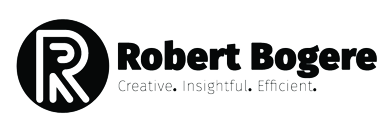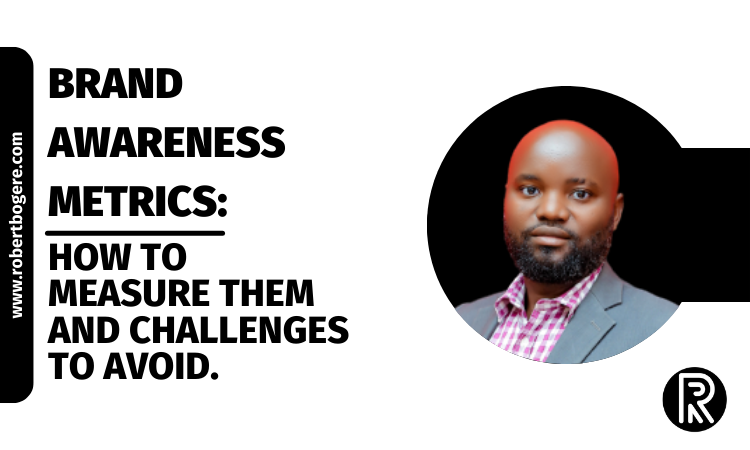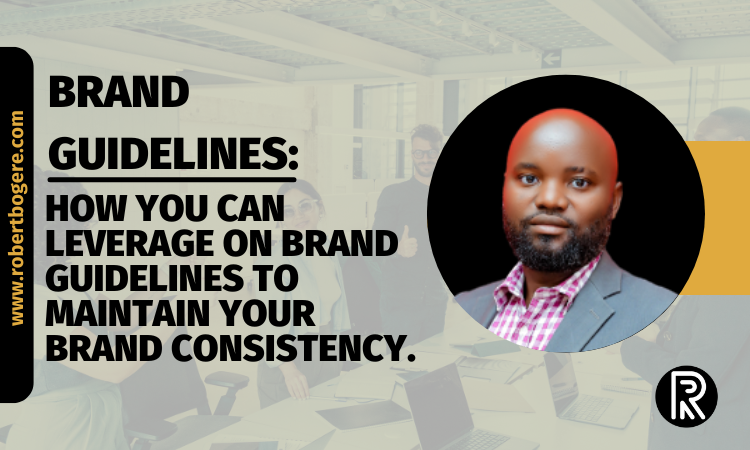Last Updated on Fri-Mar-2024 by Robert Bogere
In the vast buyer’s journey, brand awareness metrics stand as the compass, navigating the success of your brand endeavors.
Put, these metrics serve as proof of how well your brand is known in the minds of your target audience, a measure of recognition, recall, and impact.
As a brand founder, I vividly remember the early days when my dream extended beyond products—it was about global recognition, a dream laden with advantages like leads, customers, partnerships, and collaborations.
I yearned to see my brand echo across borders. Little did I know that understanding and measuring brand awareness would become the cornerstone of my journey.
This article unravels the metrics, tools, and challenges essential to gauging your brand’s resonance across the globe.
Discover: How you can develop your brand strategy
What are brand awareness metrics?
Brand awareness metrics are proof of how well your brand is known and remembered by your target audience.
Understanding brand awareness and reputation involves collecting data from many sources and channels to know your brand visibility, reach, and impact.

Such metrics track how familiar your target customers associate with your brand. Think of the familiarity with your brand, including your brand name, logo, what it offers, and other distinct features.
Brand awareness metrics to measure your brand performance
If you ask me, what is the dream about your brand? I’ll tell you straight forward—my dream is to see my brand get enough recognition across the globe. That comes with many advantages, like leads, customers, partnerships, collaborations, etc.
Every brand founder dreams about robust brand recognition, but do you know how to measure it and the tools you can use?
Discover: Essential branding tools to elevate your brand
1. Brand impressions
We define this as metrics used to track a user seeing your web page. Impressions are your brand awareness metrics applied to digital marketing.
Impressions can track your SEO performance to measure the number of times your web page appears in searches.
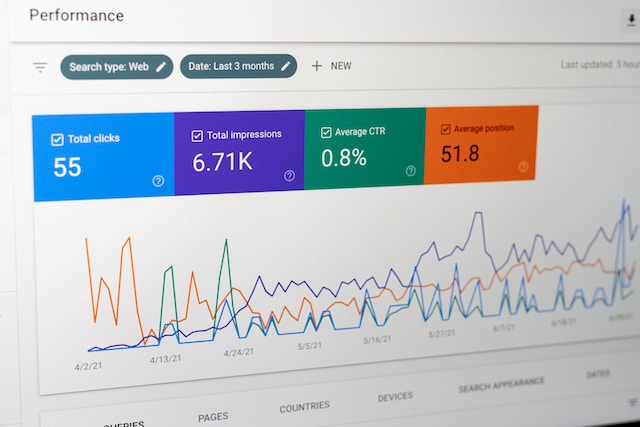
Your impressions track how your target audience sees your brand in their daily lives. The higher the impressions, the more likely people will be exposed to your brand.
Some approaches to increase impressions include advertising, public relations, and social media. By increasing your brand impressions, you can create a more recognizable brand. You can measure this through your chosen social media channels, website, etc.
2. Website Traffic
These are metrics that show you how many people are visiting your website, how they find you, and their actions. Think of how well your website performs.
You need to understand your referral traffic to identify platforms that bring your visitors and know what type of content aligns with your target audience.
There’re various website traffic you need to track to know how your brand performs like referral, organic social, organic search, and direct.

Let’s review one by one;
I) Direct traffic
This refers to where users directly access a website by typing your brand name or URL into any browser for a while. It doesn’t matter if any search engines or any other external sources reach your website.
This is the type of traffic that comes after a user types your brand name. Clicking a link in a messaging app, in a PDF, doc, or other doc, mobile app like Facebook, Instagram, LinkedIn, Twitter, etc.
Direct traffic metrics will tell you how many users remembered your brand name and typed your URL. The more such traffic, the more you’re recognized.
II) Organic search
The kind of traffic you receive after users discover your website through search engines like Google, Yahoo, Bing, etc. Such traffic comes after users type on key relevant words in any search engine.
For example, if you type brand positioning, when you click on any result, what the other person gets is what we call an organic search. It is a valuable traffic source, as it often indicates the site’s relevant content.
III) Organic social
This is the traffic you get after people click your URL on your social pages. The moment someone clicks on it, the traffic you receive is an organic social.
If you are using Google Analytics, it will show you where such traffic is coming from either from LinkedIn, X, Facebook, Instagram, etc.
It is such relevant traffic because it shows how relevant your social content is so important to your social audience.
IV) Referral traffic
This is another type of traffic that occurs when users click on a click of your website from an external source, say a website, blog, etc.
For example, if you’re a writer on Medium, you may decide to link your URL in your articles. That way, the traffic you receive is called referral traffic.
The same if you’re a writer on Quora if you link up your URL in your answers. The traffic you receive is also referral traffic.
To measure referral traffic, you need to use web analytic tools like Google Analytics can collect data and offer insights into the external sources driving users to your website. All such traffic shows you insights into how users are landing at your website.
Discover: How to develop your brand unique value proposition
3. Social media traffic
This is the traffic you receive on your social media. You need to know the reach you get on all your social posts. It shows the number of social media users that have seen your posts.
People seeing your posts may not be enough, your posts need to engage with your audience. Your engagement is an indicator of the effectiveness of your social media activities.
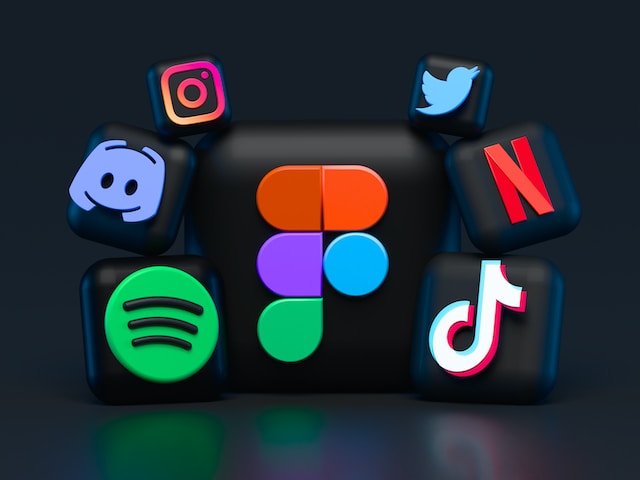
Think of engagement in terms of likes, shares, and comments. This will tell you how your content resonates with your target audience. The more engagement, the more boost in your brand awareness.
You’ll need to track each engagement separately and then look at the end of the general picture.
4. Blog Traffic
The above is the traffic received after users read your blog content, posts, and articles. It measures total and organic blog traffic to see what posts drove the most traffic to your site.
That way, you know the exact keywords most used for your brand. You need to observe your unique post views so you understand your most performing posts.
5. Branded search volume
The above shows how many users are searching for your brand by name. These users are some of the most valuable people who remember your brand and have a high intent to buy from you.

Put. The kind of metric refers to the number of searches on search engines for your brand over a while.
You can use this metric to measure the level of interest in your brand and track changes over a while. Your search volume data will tell you the general interest in your brand.
6. Volume of mentions
It is a kind of metric that measures the mention of your brand on your social media. It is an appropriate way to know how well your brand is known and how much buzz it is generating among the people.
Knowing your volume of mentions can be so helpful for several reasons. The volume of mentions will help you gain insights into what people are saying about your brand, whether negative or positive sentiments. The more positive sentiments, it shows you are yielding your desired results.
Discover: How you can develop your brand identity on your own.
Why are brand awareness metrics important to your brand?
Brand metrics will help track how your brand stacks up against your competition while offering insights into customer perceptions.
They will prove the success of your brand activities to leadership, especially if you can tie your brand strength to your revenue. Such can track many things in your brand strategy.
Continuous traction of your metrics will show you when your brand is on track to achieve its goals. With the right metrics, you’ll know;
- What drives your loyal customers?
- What brand attributes matter to your target audience?
- What brand actions drive brand awareness that will increase your market share?
Your brand health is so important for encouraging your business growth.
Brand metrics are the only way to measure the importance of your brand. They enable you to better know the effectiveness of your brand positioning.
They also offer your brand visibility so you know what is paying off and which should be shelved for better impact.
Brand awareness metrics challenges
1. Identifying relevant metrics
The most challenging thing is selecting the right metrics to track brand performance accurately. Your brand must establish a clear set of key performance indicators that align with your goals and objectives—brand awareness, customer loyalty, brand reputation, and market share.

Not every brand metric is useful for every brand. You need to choose the metrics that best reflect your brand’s purpose, positioning, and differentiation. You need to analyze your brand goals and target audience to determine the most relevant metrics.
2. Collecting and analyzing data
Depending on the type and source of data you use, you may encounter challenges like data quality, availability, accessibility, validity, etc.
You need to ensure you have a clear and consistent data collection and analysis process. You need to use different methods and tools to collect and analyze your data, like surveys, web analytics, customer feedback, etc.
3. Competitor bench marking and comparison
When you measure your brand performance without considering your competitors will limit the effectiveness of your brand tracking. Knowing how you compare to your competitors is important for spotting areas of improvement.
You need to spot and monitor your brand’s strengths, weaknesses, threats, and opportunities and they compare to those of your competitors.
That way, you need to use relevant and realistic benchmarks and comparisons that reflect your brand goals.
3. Multi-channel tracking
With your digital platforms, brand interactions happen on many channels, including social media, websites, mobile apps, and offline touch points.
When tracking your brand performance across these channels and consolidating your data can be challenging.
With such a challenge, you may adopt an integrated approach to brand measurement that allows multiple channels.
You’ll need advanced analytics tools to collect and aggregate your data from different sources. Such will enable a comprehensive view of your brand’s performance across different channels.
4. Adopting and improving performance
Based on your results, feedback, and insights, you need to use your brand performance measurement as a tool for learning and improvement, not just for reporting and validation.

You also need to adjust and refine your brand strategy, tactics, and actions based on your brand performance results, challenges, and opportunities.
You may need to use a continuous and iterative process of measuring, analyzing, communicating, bench marking, and improving your brand performance.
Brand awareness metrics wrap-up
Brand metrics, often viewed as the pulse of your business, are more than data points; they’re the key to unlocking your brand’s potential.
Let me take you back to the beginning of my entrepreneurial journey—the struggles, aspirations, and burning desire for my brand to be more than just a name.
They go beyond mere visibility to offer profound insights into customer perceptions and competitive positioning.
As a compass for your brand strategy, these metrics unveil what drove my loyal customers, what resonated with my target audience, and which actions fueled brand awareness, ultimately influencing market share.
Yet, amid the journey of brand metrics, challenges emerged—selecting relevant metrics, collecting and analyzing data, bench marking against competitors, and navigating the multi-channel landscape.
These challenges, however, were not roadblocks but stepping stones. The continuous, iterative process of measuring, analyzing, bench marking, and improving my brand’s performance became the beacon guiding my brand toward sustained growth and success.
